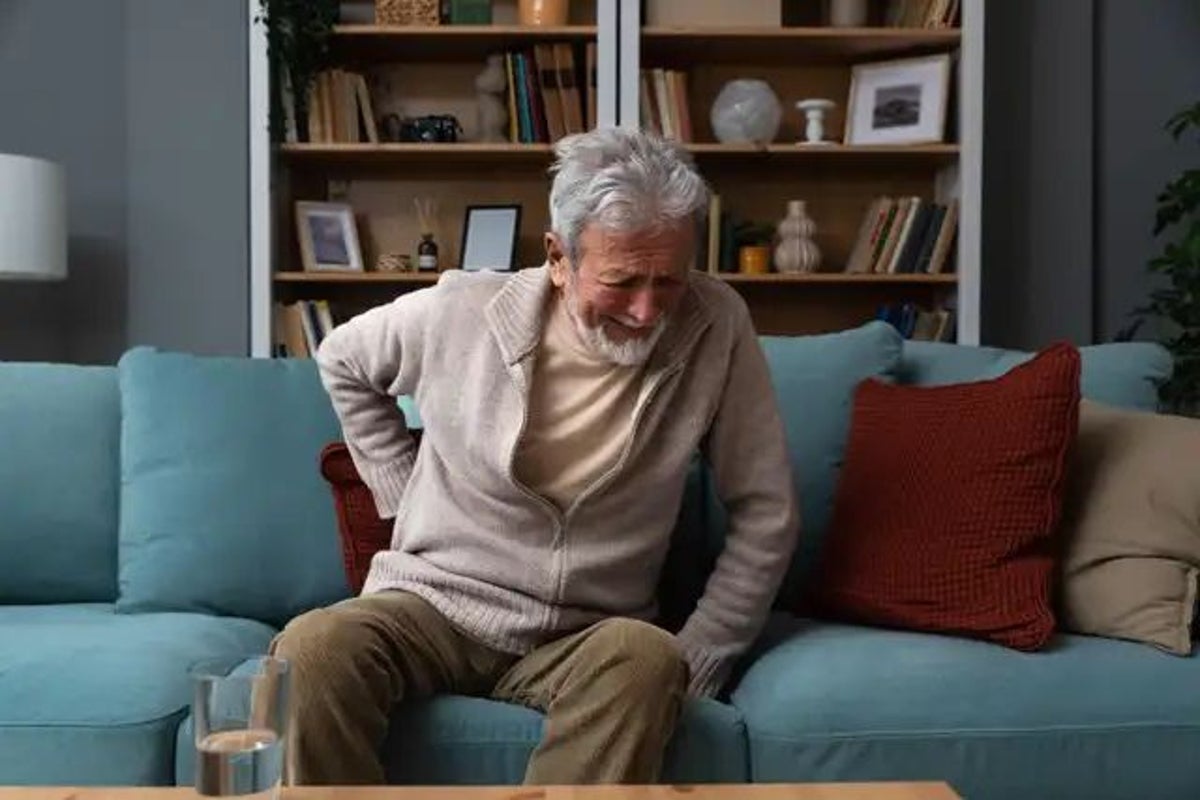The new talking therapy that can help reduce back pain for up to three years

Talking therapies can reduce pain and disability among people with lower back pain, a new study suggests.
Academics found the benefits can be seen for up to three years after treatment.
Psychotherapists use various talking therapies to help people to overcome stress, emotional and relationship problems or troublesome habits.
For some, lower back pain will be a single incident which recovers on its own but most people with the condition will suffer long-term problems with unpredictable flare-ups.
Most treatments for the condition have “small to moderate” effects that do not last for a long period of time, experts said.
The new study, published in the journal Lancet Rheumatology, focused on a type of psychotherapy called cognitive functional therapy (CFT) – a type of psychotherapy to “address the causal mechanisms” of chronic lower back pain and help to change the way people think about and respond to pain.
An international team of researchers, led by experts in Australia, wanted to examine whether CFT brought long-term benefits for patients with lower back pain.

More than 1,000 patients from Australia with lower back pain were recruited to the study.
A third were given “usual care”, a third were given CFT and the final third were given CFT plus another technique known as biofeedback, which tries to teach a person to control automatic body functions.
People who received “usual care” were given what their GP surgery recommended or what they chose.
Some 300 people with an average age of 48 continued the study to the three-year follow-up point, split between each of the three groups.
Researchers found that CFT, and CFT and biofeedback, were both more effective than usual care in reducing activity limitation caused by lower back pain.
And they also were more effective for reducing pain intensity at three years.
There were no significant differences among patients who did and did not use biofeedback techniques, prompting researchers to say the use of biofeedback “did not add to effectiveness”.
“Treatment sessions of CFT produced sustained effects at three years for people with chronic disabling low back pain,” the researchers wrote.
“These long-term effects are novel and provide the opportunity to markedly reduce the effect of chronic back pain if the intervention can be widely implemented.”
They added: “CFT is the first treatment for chronic disabling low back pain with good evidence of large, long-term effects on disability.
“It offers a high-value, low-risk intervention with long-term benefits for patients with persistent, disabling low back pain.”
[title_words_as_hashtags




